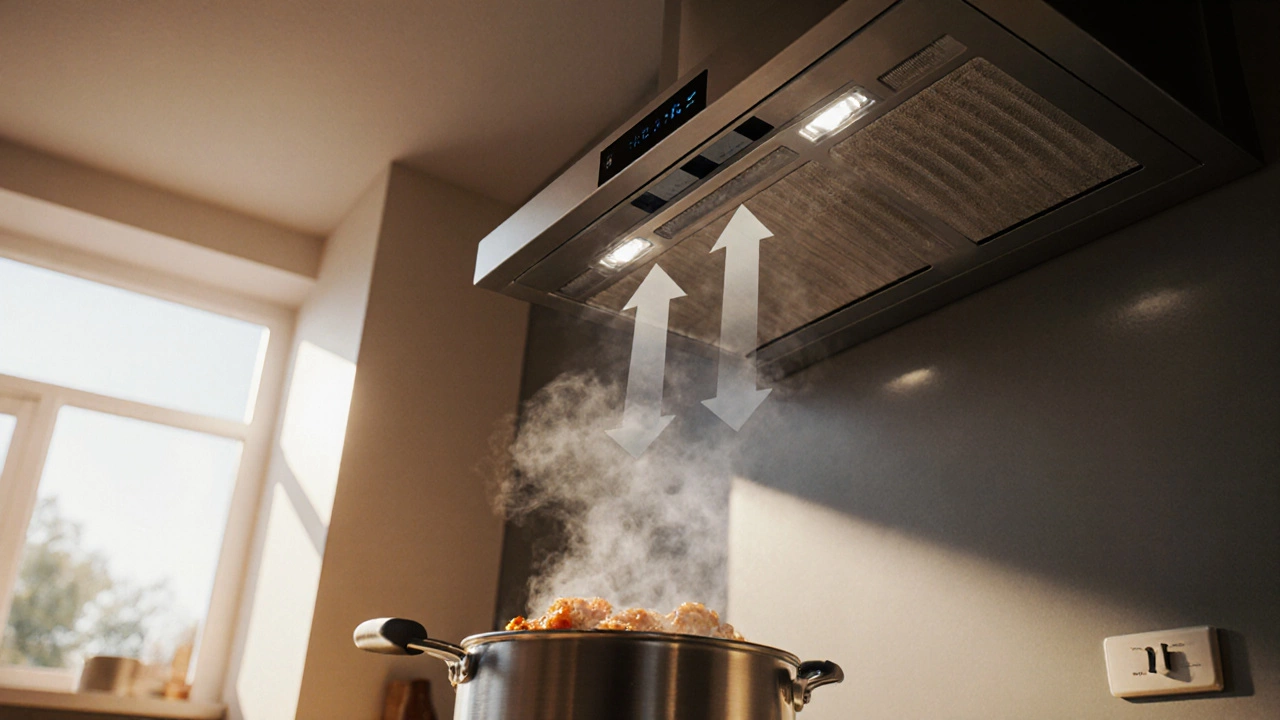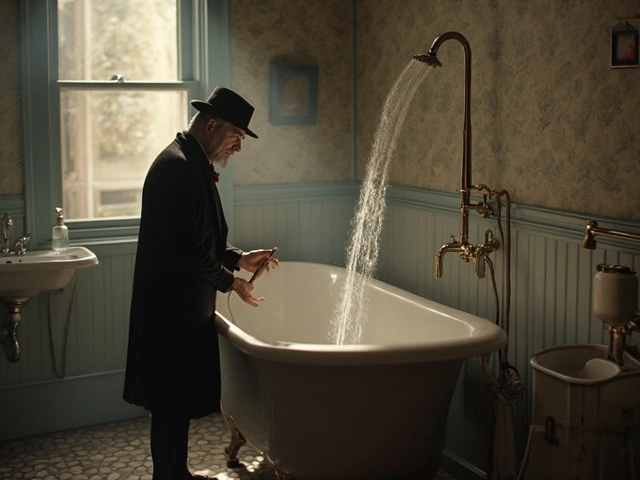When you leave fan on, you’re choosing to keep a ventilation device running continuously. Leaving a fan on, the practice of keeping a kitchen or bathroom extractor fan running continuously to manage indoor air quality and moisture levels. Also known as continuous fan operation, it helps control humidity and odors. Extractor fan, a mechanical device that pulls stale air, steam, and odors out of a room is the most common type, and it’s part of broader home ventilation, the system of airflow that keeps indoor spaces fresh and dry. Keeping a fan on influences energy consumption, improves indoor air quality, and reduces mold risk.
Running a fan nonstop can be handy after a hot shower or a big dinner. The extra airflow pushes steam and cooking fumes out before they settle into walls or fabrics. However, the extra run‑time adds to your electricity bill. The relationship is simple: continuous fan operation → higher energy consumption. If you’re watching costs, think about the fan’s wattage (often 15‑30 W) and how many hours you leave it on. A fan running 24 hours uses roughly 0.5 kWh per day, which may seem small but adds up over months.
Beyond the bill, there’s a health angle. Stale, humid air creates a breeding ground for mold and dust mites. Mold prevention hinges on keeping humidity below about 60 %. By pulling moist air out, a fan helps maintain that sweet spot. In fact, home ventilation reduces indoor humidity and limits mold growth is a key strategy recommended by indoor‑air experts. If you notice a musty smell or visible mildew, running the fan longer can stop the problem before it spreads.
Building regulations in the UK also play a role. New homes must meet Part F of the Building Regulations, which sets minimum ventilation rates for bathrooms and kitchens. An extractor fan must be capable of extracting a set volume of air per hour to comply. Leaving it on can help meet those standards, especially in damp climates. But the code also encourages energy‑efficient solutions, like timers or humidity‑controlled switches, so you’re not forced to waste power.
If you want the benefits without the constant cost, consider smart alternatives. A timer lets the fan run for a set period after you finish showering or cooking. A humidity sensor can trigger the fan only when moisture hits a certain level, cutting down on unnecessary run‑time. Some homeowners use a dehumidifier in place of a fan for whole‑house moisture control, but that device also draws electricity, so compare the numbers before swapping.
Practical tips for deciding when to leave a fan on are easy to follow:
Below you’ll find a curated set of articles that dive deeper into each of these topics. From assessing the risks of living without a fan to DIY replacement guides, the collection offers clear advice you can act on right away.

Find out if leaving your extractor fan on is safe, how much energy it uses, and the best practices to protect your home while keeping the kitchen fresh.

A puzzling situation arises when your shower lacks hot water while the sink heats perfectly fine. This article dives into possible reasons like different pipe routes, shower valve issues, and water heater capacity. It also offers practical solutions, such as checking the temperature settings and flushing the water heater to remove sediment. Understanding common plumbing malfunctions can lead to quick fixes without calling a professional.

Navigating the cost of a new boiler can be confusing. This guide dives into typical pricing, key considerations for your budget, and how to make the best decision for your home. We'll explore average costs, the impact of brands and models, and provide tips for saving money. Get the information you need to keep your home warm without breaking the bank.

Wondering if you should repair your washing machine or just buy a new one? This article breaks down when it's smart to fix your appliance and when it's better to let it go. Get tips on common washing machine problems, repair costs, and simple troubleshooting steps. Plus, learn how to avoid getting ripped off by price gouging repair techs. If laundry day is starting to look like a coin toss, read this before calling the junk hauler.

Thinking about repairing your cooker? This guide covers repair costs, when to fix or replace, and expert tips to help you decide what's best.

An electric oven is a kitchen essential that brings culinary magic to life, but sometimes it can start showing signs of wear and malfunction. If you notice uneven cooking, strange noises, or the oven simply won't heat, these could be indicators of a problem needing repair. Knowing the common signs can help you determine if troubleshooting is possible or if it's time to call a professional. From the thermostat issues to faulty heating elements, this guide provides insights into recognizing and addressing potential oven problems.